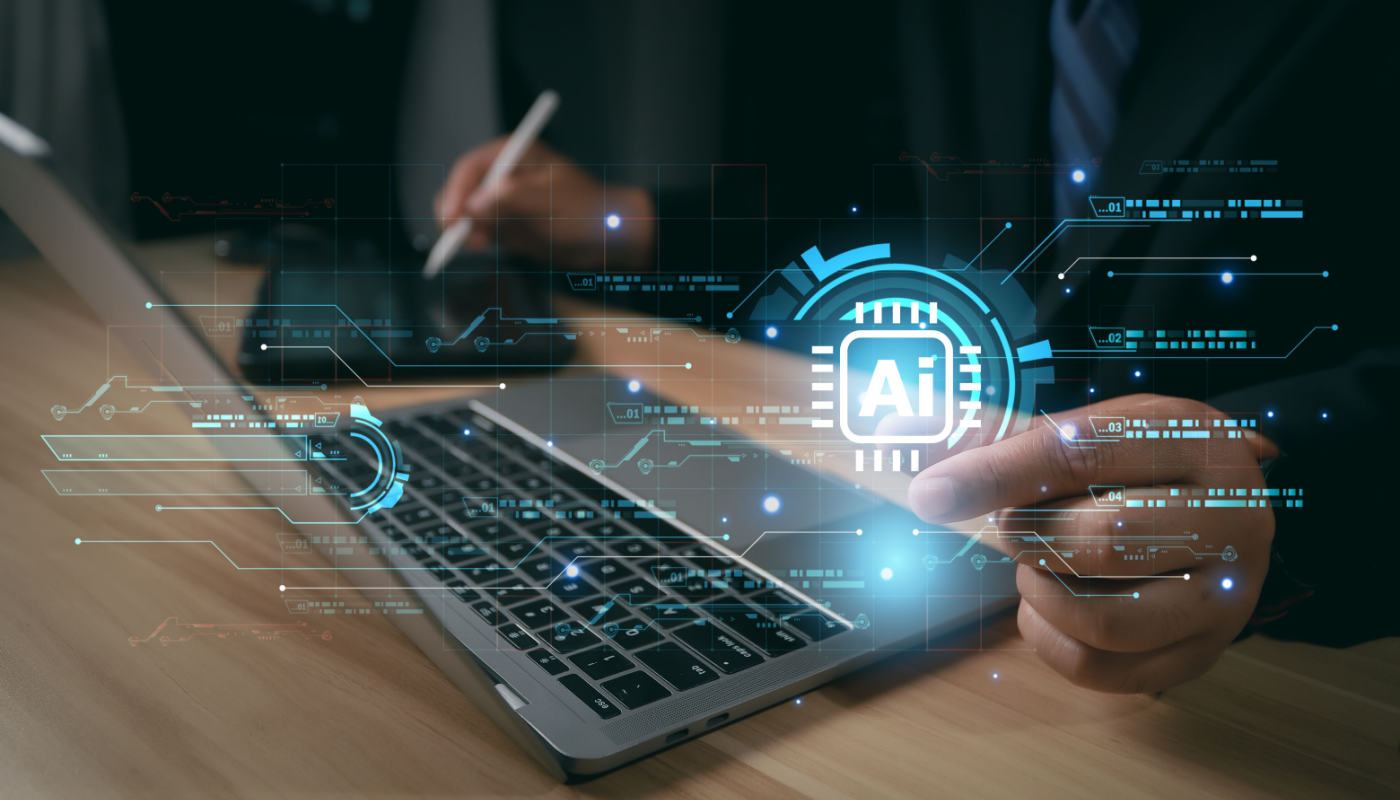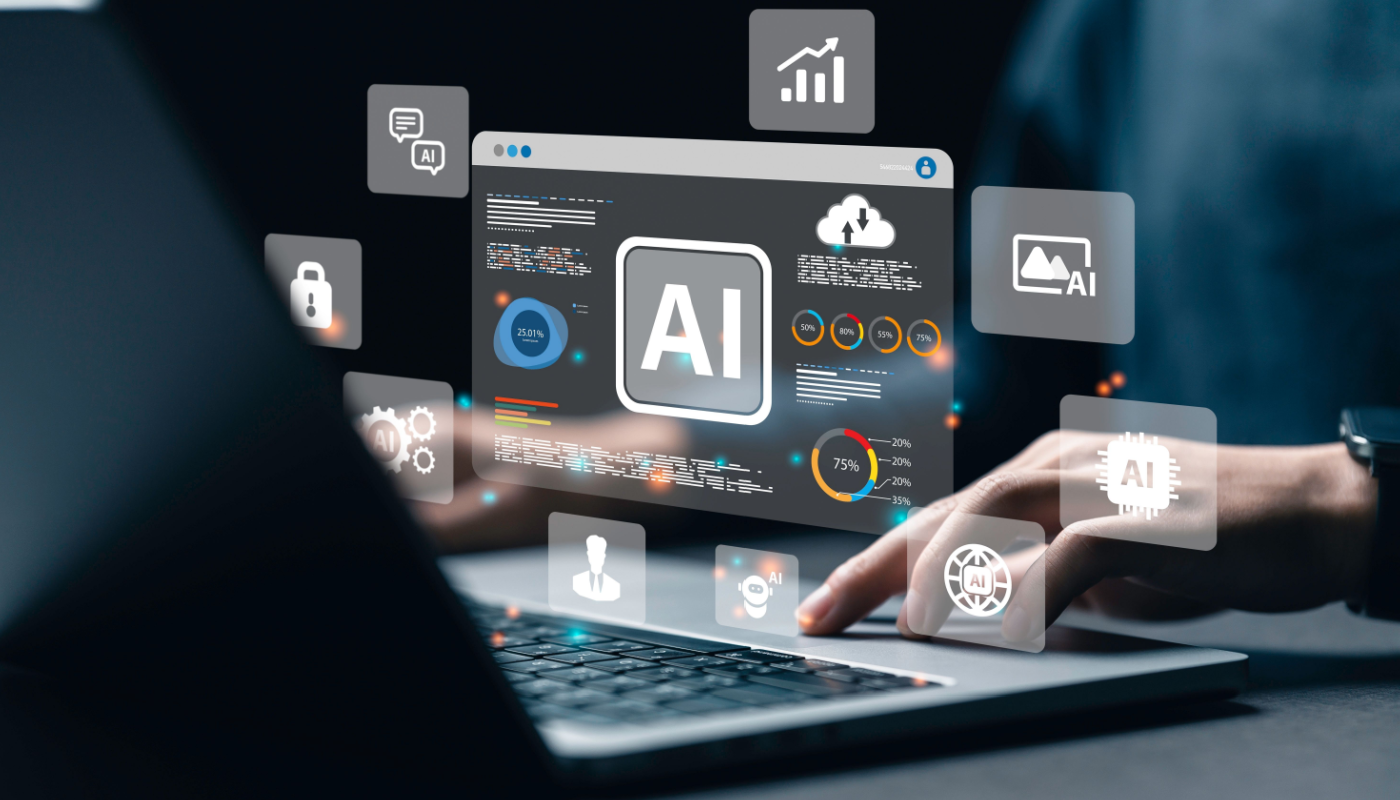
From the move from centralization to decentralization, a cobot world, and smart factories, Supply Chain Industry 4.0 is here and it’s happening fast. Are you ready?
It Starts with Digital Transformation
It’s no coincidence that for a third consecutive time, the 2019 Gartner Supply Chain Conference will focus on digital transformation. Gartner defines Digital business transformation is the process of exploiting digital technologies and supporting capabilities to create a robust new digital business model.
Here’s the issue – research estimates that a whopping 70% of digital transformation processes fail.
Why?
As explained by Arkieva Customer, Eric Wilson, Supply Chain Director at Escalade Sports,
“Digital transformation is more than technical. It’s also procedural and cultural. It can change how thousands of employees do their jobs, make business decisions, and collaborate across the company. It is not just a thing that you can buy and plug into the organization. It is multi-faceted and diffuse, and it requires foundational investments in skills, projects, infrastructure, and, often, in cleaning up current systems. It requires mixing people, machines, and business processes, with all the messiness that entails. It also requires continuous monitoring and intervention, from the top, to ensure that both digital leaders and non-digital leaders are making good decisions about their transformation efforts. Supply Chain digital transformation can change everything.”
As Eric notes, change is the keyword here. Change when not managed properly can be disruptive and not in a good way. Supply Chain digital transformation is changing the way that businesses operate today. It extends traditional digital transformation to include more advanced technological improvements including, machine learning, AI and IoT, making this transformation ever prevalent.
Businesses’ like Escalade Sports recognize the need for this transformation and are creating a continuous improvement process. These robust digital business models are fueled by data but as shown by the number of digital transformation projects that fail, creating a full digital transformation isn’t a small feat. Eric Wilson’s Gartner Session on 7 Key Pitfalls to Avoid During a Supply Chain Transformation draws from personal experiences to discuss challenges and solutions.
How you define digital transformation is dependent on your individual business scenario. For certain businesses, it involves full automation of existing processes, while for others it requires a move from a more manual-based or non-integrated process to a more integrated process.
Moving from Your Manufacturing Business from Industry 3.0 to 4.0
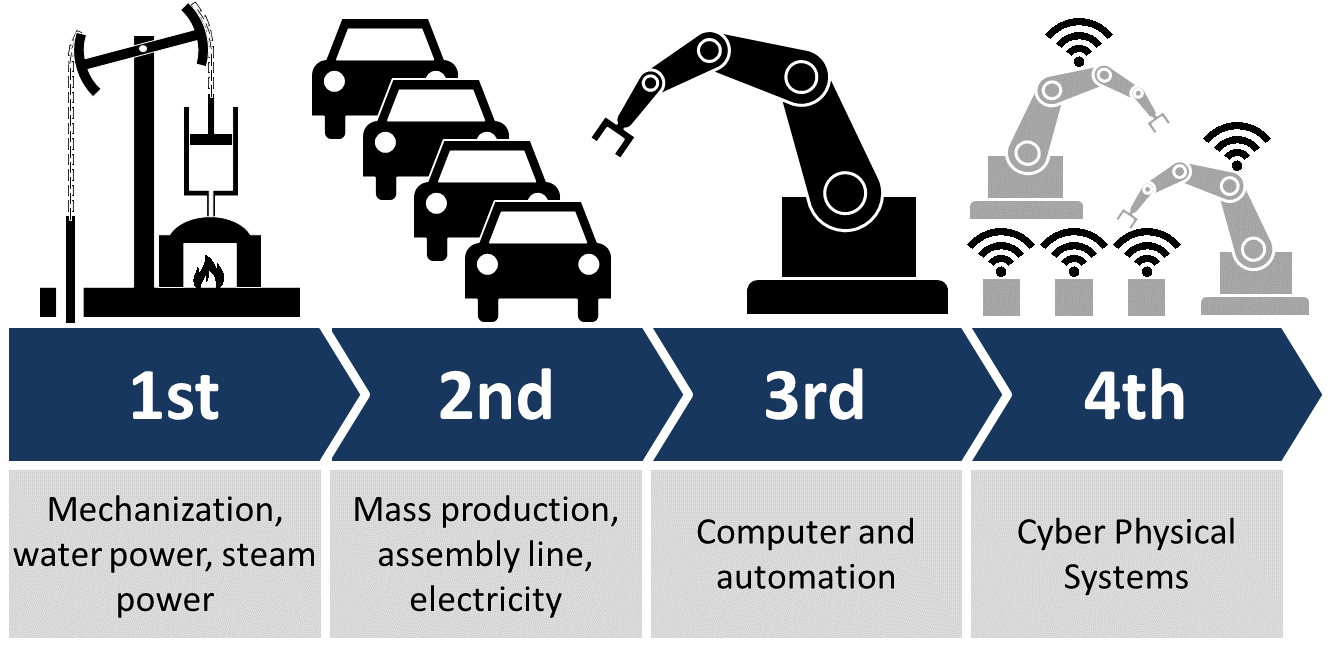
Image Source: Christoph Roser at AllAboutLean.com”
As the name suggests Industry 4.0 is a revolution, meaning the changes are still ongoing and there is a lot to be learned. Industries and companies that are moving first in the marketplace, however, stand the chance of gaining competitive advantages ahead of their competitors which could, in turn, lead to an increase in market share.
While moving from 3.0 to 4.0 is exciting, and presents many opportunities, it also requires certain foundational technology systems and processes.
It’s essential to get those core foundational processes in place.
- Start with the goal of a more integrated supply chain process by increasing visibility through connectivity.
- Next, create a better planning process by implementing an advanced planning system equipped with statistical modeling for a collaborative and improved forecast.
- Graduate to using more advanced predictive techniques including machine learning, predictive and prescriptive analytics.
- Utilize supply planning and scheduling solutions that have machine learning features to continuously improve your production activities and increase customer delight.
- Then, build further upon this, creating more interconnecting systems using IoT; and investigate automating or augmenting decisions using AI.
The strategy involves a careful long-term and short-term strategy for tacking basic challenges today while looking at possible future innovations.
What Will Industry 4.0 Look Like? Is there really a revolution?
Gartner estimates that by 2022, more than 50% of all people collaborating in Industry 4.0 ecosystems will use virtual assistants or intelligent agents to interact more naturally with their surroundings and with people.
Industry 4.0 builds on the digital transformation or digitalization of processes in the 3rd industrial revolution by using more advanced digitization technologies that allow for communication with smart objects using IoT, AI and other future technologies. This means it might be impossible for businesses to skip the digitization step and start looking at how to make use of more advanced technologies. Creating an effective digital transformation process is the starting point.
Here are some key paradigm shifts for industry 4.0:
The Smart Factory
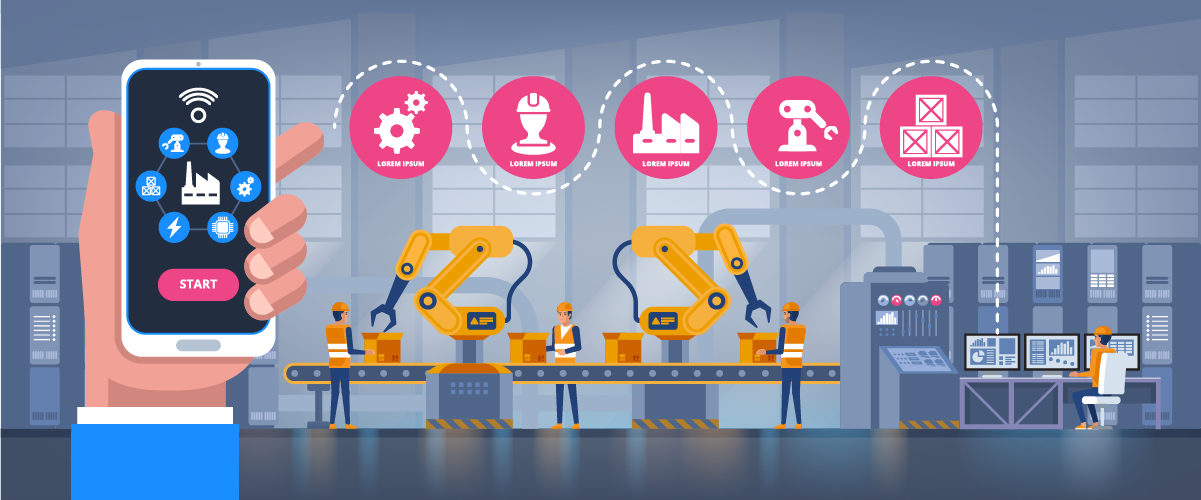
Industry 4.0 creates the emergence of a “smart factory.” These smart factories will create a further blending of digital and physical worlds by monitoring physical processes and mirroring these processes by creating virtual copies. This is sometimes referred to as a digital twin. These digital twins can control and enhance real-world environments. Combined with AI, the possibilities for automating or augmenting manual human activities or application processes is endless.
A new Cobot World
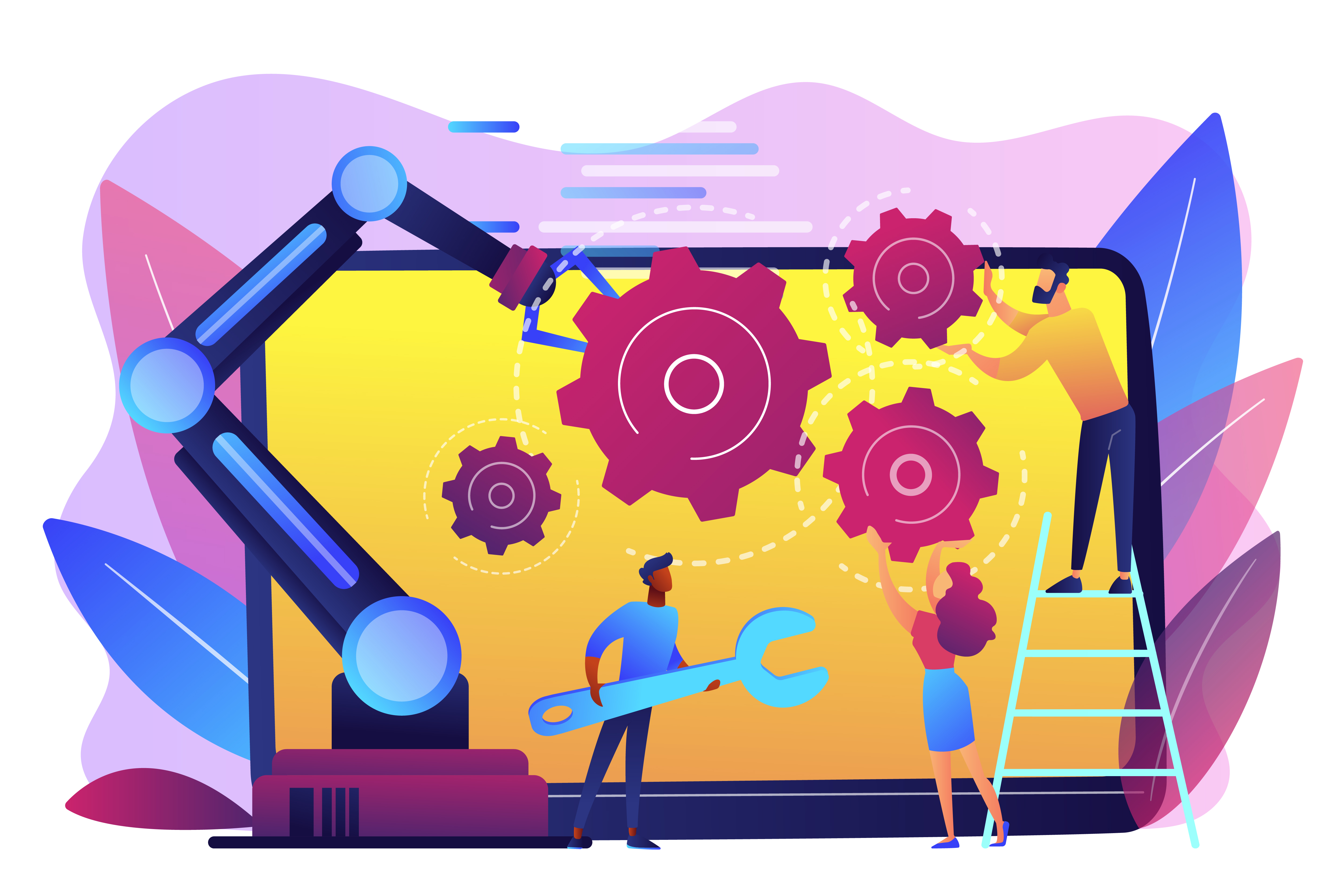
Robots are also making the smart factory a way to eliminate non-value-added human activities, focusing on more value-added activities across the value chain. Humans interact and collaborate with robots causing a new “Cobot” dynamic.
Decentralization
Decentralization will allow for a more agile management process for intelligent interactions. Decisions will be made at the decentralized production level based on the data communicated by the interconnected systems. This causes a shift from a traditionally centralized production process to a decentralized process. This allows for more a personalized approach to customer order fulfillment that reduces waste.
How we are keeping up at Arkieva
As we move into the fourth industrial revolution, we are aware of the technological adoption gaps that may exist within organizations. Our expert team of data scientists and dedicated supply chain software developers have been working hard, keeping up to speed with the latest technology trends. We see our role in the shifting trend as a catalyst for change. Equipping businesses with the deep learning cognitive ecosystems needed to further optimize production resources, minimize cost and most importantly enhance the customer experience. We’ve been setting the stage for you to create increased connectivity leading to a highly integrated supply chain process – one that’s enhanced by advanced technologies – still driven by your unique business process.
Ready to take the stage? Let’s talk at the Gartner Supply Chain Conference.
Not going to Gartner? Ask for a demo to get the conversation started.






